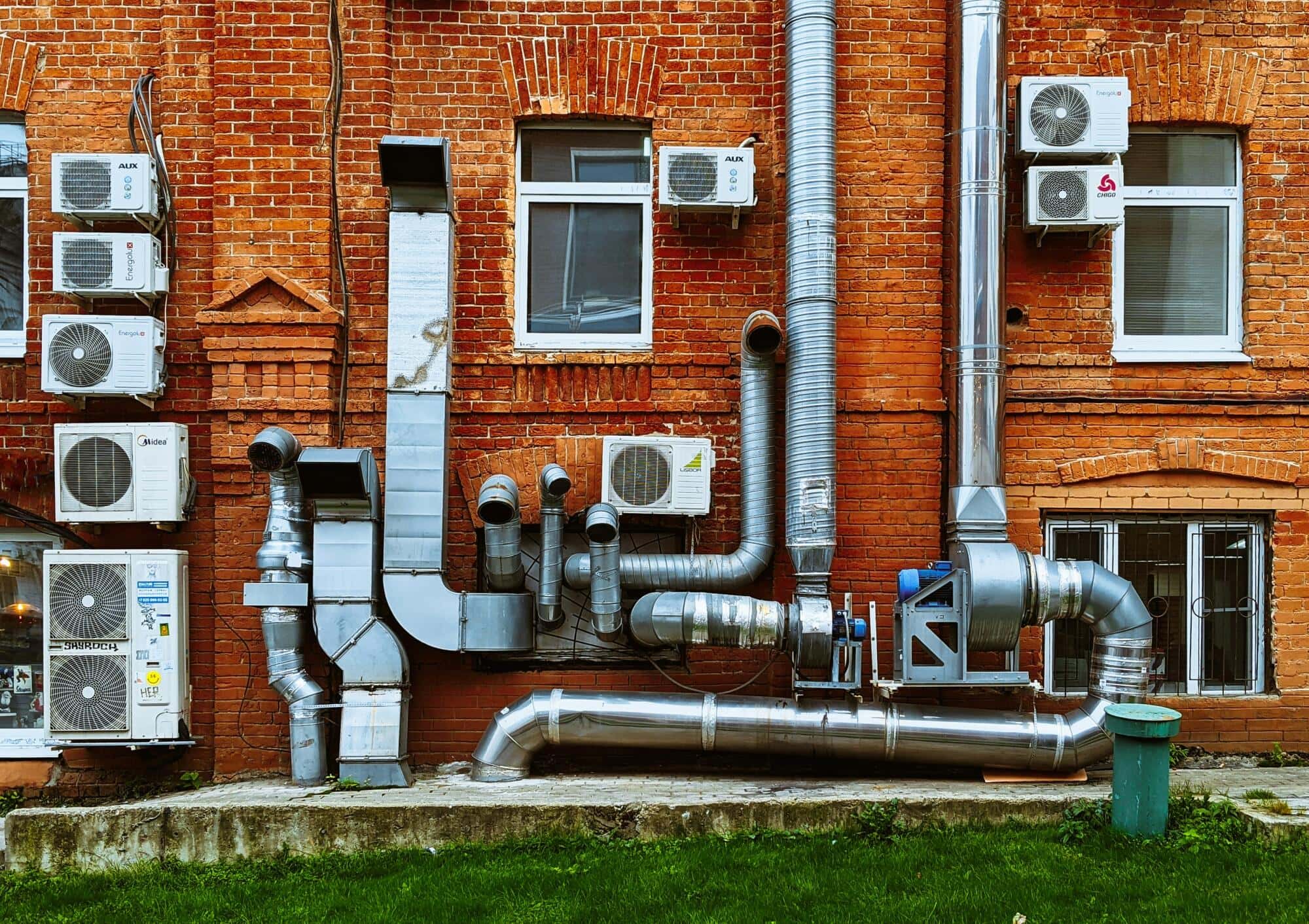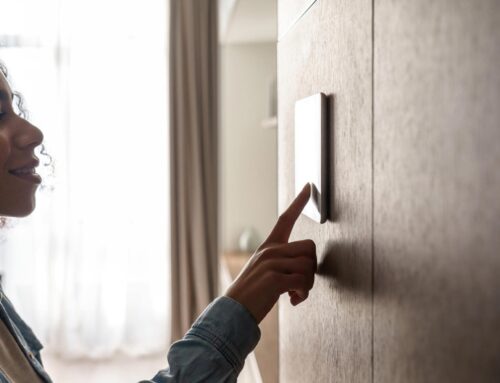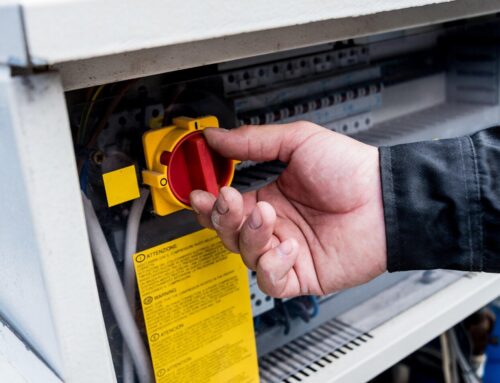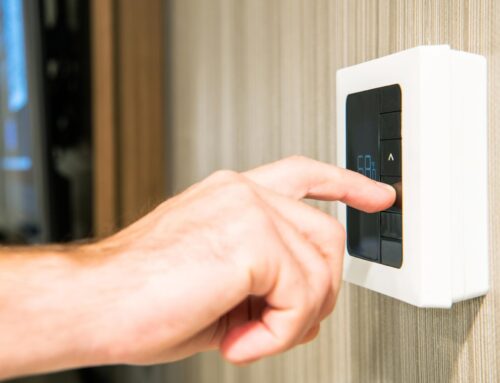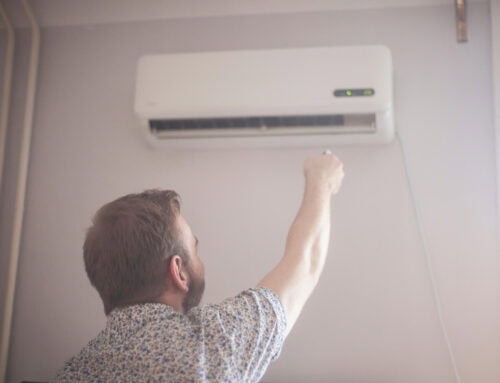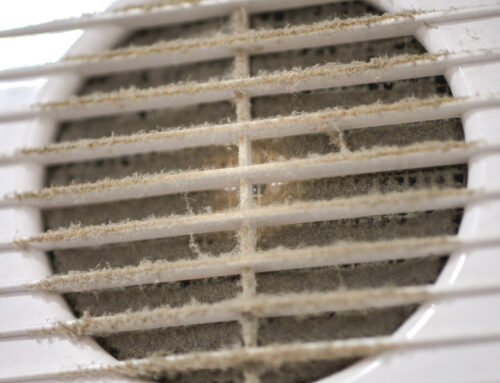According to the US Department of Energy, 3 million HVAC units are replaced annually. Subpar installation work can cause increases in costs due to the need for additional repairs and maintenance.
Having an HVAC installation checklist before you get started is the best way to get the most out of your new unit. Read on to learn how to install your HVAC unit by following a technician-approved checklist.
Pre-Installation Work
Before the installation process, assess the location of where you want the unit. Learn about standards and regulations before the installation process. The Air Conditioning Contractors of America is responsible for setting quality standards related to HVAC installations.
Conduct a load calculation process to understand the kind of HVAC unit that suits your living or working environment. Load calculation is now possible using software that factors in metrics such as insulation levels and square footage.
Other steps you need to take include the following:
- Considering the type of doors and location of windows
- Addressing any obstacles or challenges
- Exploring different HVAC units
Ductwork Inspection
The ductwork of an HVAC unit is essential in enhancing the efficiency of the airflow. Before the installation process, test the ductwork to ensure there are no leaks and it’s of the correct size to meet your needs.
Visually testing the ductwork is not ideal. Ask your contractor to let you explore the static pressure gauges. You should also evaluate the airflow design by checking the supply and return ducts.
HVAC units with ductwork with minimal bends have minimal air resistance. If there is any problem with the ductwork, have a trained HVAC technician replace or repair it.
Install the Electrical System
HVAC installation requires setting up the necessary electrical equipment. For enhanced efficiency, ensure that the electrical circuit is independent. Proper HVAC system installation should also include a disconnect switch for improved convenience and safety.
It’s better to get a technician to handle the electrical system during HVAC installation. Other procedures to follow include:
- Verifying the wiring
- Checking the voltage
- Double-checking the grounding
Charge the Refrigerant
Ensure the refrigerant charge is at the optimal level during installation. Check the HVAC manufacturer guidelines when measuring or adjusting the refrigerant. You can also perform a pressure test to rule out any leaks before charging the HVAC unit.
Additional HVAC setup tips include:
- Vacuum testing
- Airflow testing
- Selecting the right thermostat
- Make copies of the HVAC installation checklist
Test the HVAC Unit
Once you have completed the installation process, take tests to ensure that all the components are working properly. Conduct startup and shutdown of the HVAC unit while letting it run through a complete cycle.
Do a review after the HVAC system installation to understand if your in-home appliance needs repair or maintenance. A professional technician can help you adhere to your HVAC installation checklist and provide additional tips on how to make the system more efficient.
Create a HVAC Installation Checklist Today
Following an HVAC installation checklist is the best way to ensure your new in-home appliance works efficiently. Each HVAC unit is unique and may come with its HVAC installation guide from the manufacturer.
Having a professional handle the setup is the best way to ensure your system runs efficiently. Contact us today and let our trained professionals help you with the installation process.

